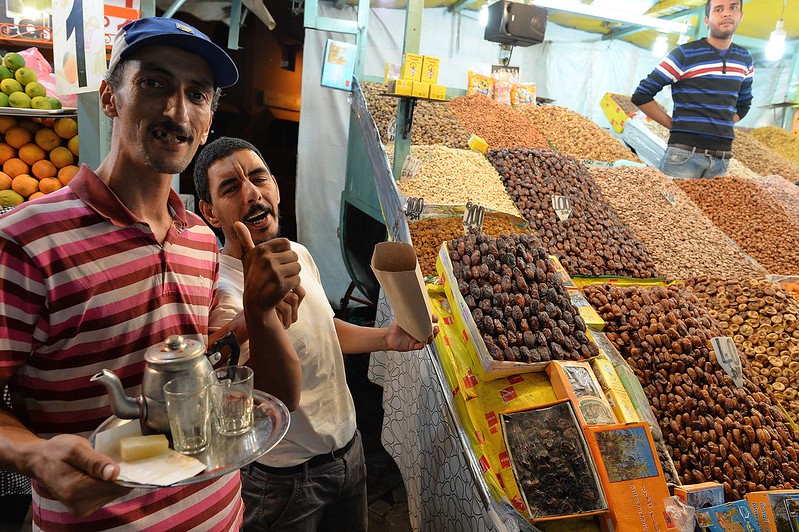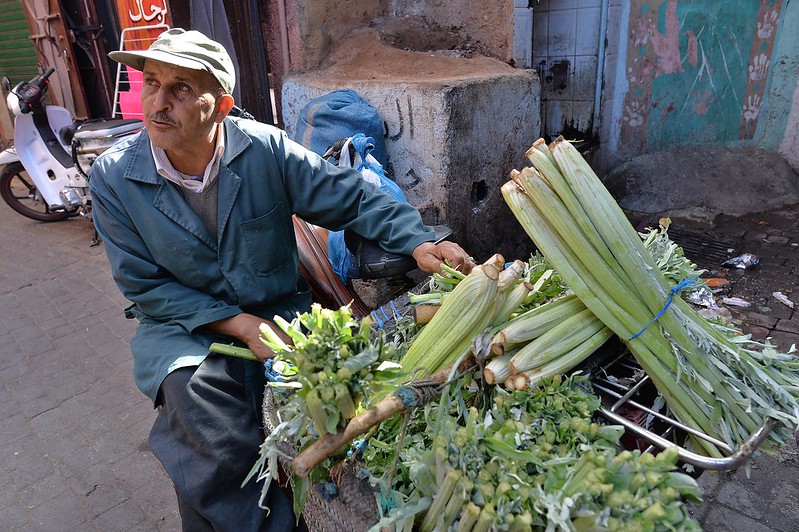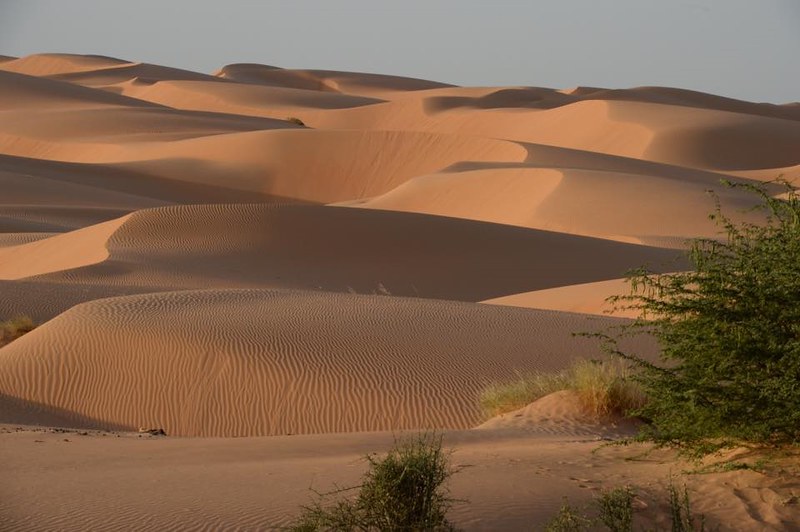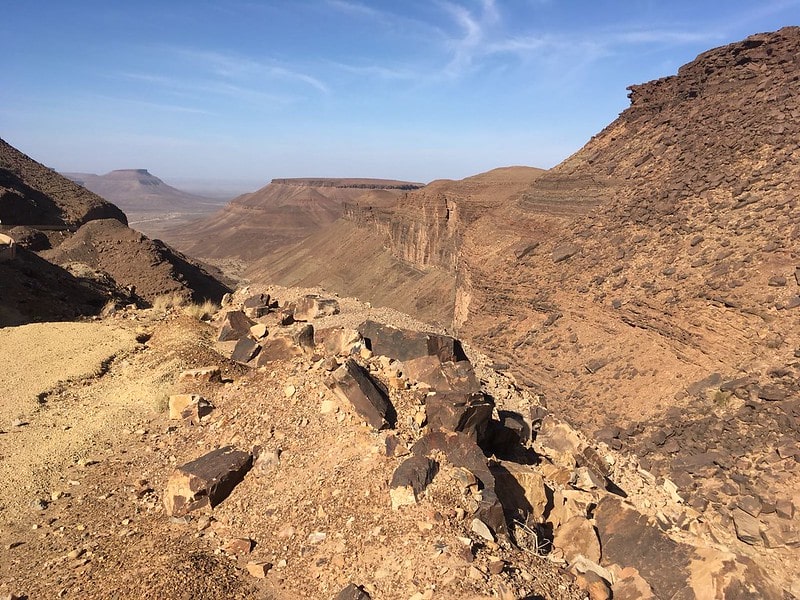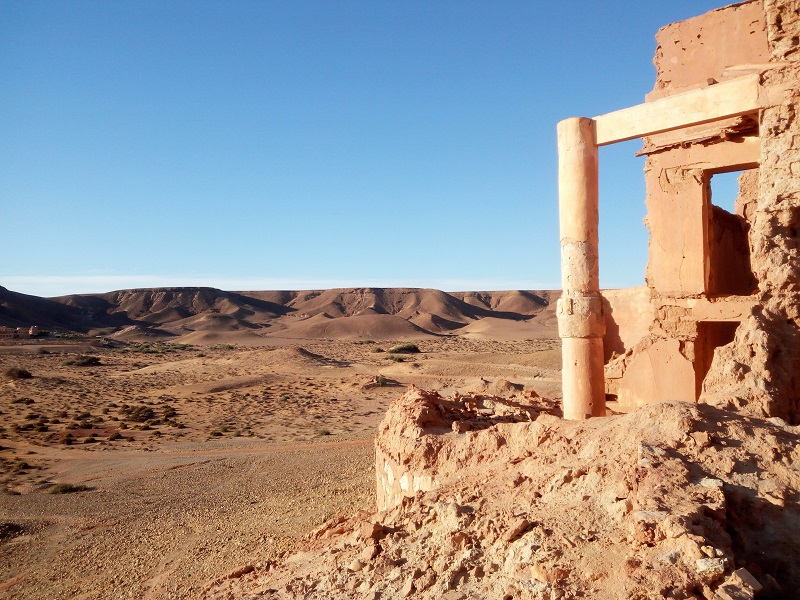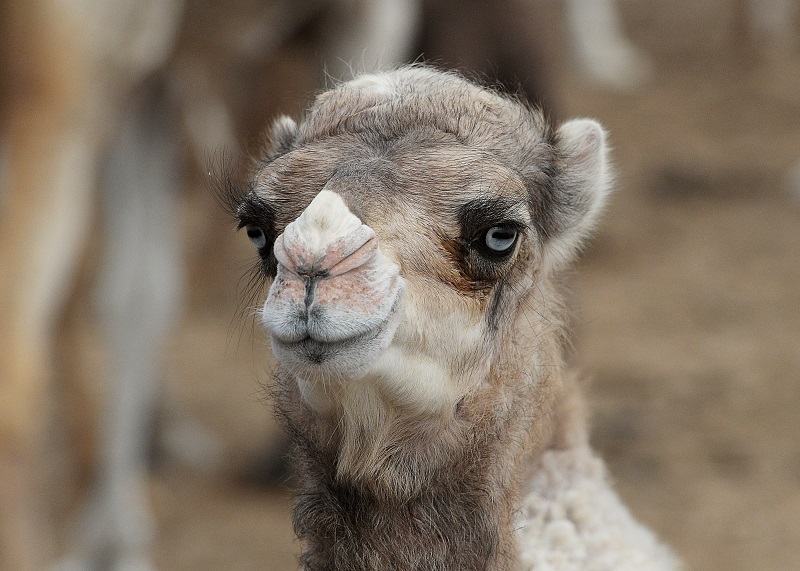KINGDOM OF MOROCCO
Area: 446.550 km2
Population: 35.561.654 (July 2020 est.)
Life expectancy: about 73 years
Capital: Rabat
Borders: with Algeria to the east and south-east, with Mauritania to the south-west and faces north-east to the Mediterranean Sea, north-west and west to the Atlantic Ocean.
Ethnic groups: Arab-Berber 99%
Religion: Muslim 99%
Languages: Arabic (official), Berber languages Tamazight (official), Tachelhit, Tarifit, French
Visa: not required for most nationalities. Please check it.
TERRITORY, CLIMATE AND SEASONS
It is the only African country with coastal exposure to both the Atlantic Ocean and the Mediterranean Sea. Its area, excluding the territory of Western Sahara, is slightly larger than the US state of California. Two small Spanish enclaves, Ceuta and Melilla, are located on the north coast of the country.
Most of Morocco is found in high elevations, averaging around 2,600 feet (800 meters) above sea level. Two mountain ranges divide the eastern part of Atlantic Morocco: the Rif Mountains to the north form a buffer along the Mediterranean coast, while the Atlas Mountains create a barrier across the center.
East of the Rif and Atlas ranges is the Moulouya Basin, a semi-arid plain created by the eroding force of the Moulouya River. Further east are the highlands of eastern Morocco, which lie roughly between 3,900 and 4,250 feet (1,200 and 1,300 meters) in altitude and are extensions of landforms in neighboring Algeria. The arid regions to the south and south-east of the Atlas constitute the northwestern limit of the Sahara, while a narrow transitional belt at the base of the mountains is called the pre-Sahara.
The coast of Morocco is regular and has few natural harbors. Before modern ports were built, sandbanks and rocky cliffs offshore made navigation difficult.
Most of Morocco north of Western Sahara, particularly along the coasts, experiences a typically Mediterranean climate, with mild, wet winters and hot, dry summers. The rainy season generally runs from October to April. Torrential downpours occasionally produce devastating floods, but overall several factors work to reduce rainfall in the country. As a result, rainfall levels are relatively low and gradually decrease from north to south.
HISTORY
VII and VIII century AD, Arab invasion; Idris founds the first great Muslim dynasty.
10th-17th centuries, Dynasties and religious movements come and go, including the Almoravid movement which at its height controlled Morocco and parts of present-day Algeria and Spain.
1860 Dispute over the Spanish enclave of Ceuta; Spain declares war, gets another enclave and an enlarged Ceuta.
1884 Spain creates a protectorate in the coastal areas of Morocco.
1904 France and Spain carve out zones of influence.
1906 Algeciras Conference in Spain; France and Spain get the green light to patrol Moroccan ports and collect customs duties.
1912 Morocco becomes a French protectorate under the Treaty of Fez, administered by a French general. Spain continues to manage its coastal protectorate.
1943 Istiqlal – Independence Party – founded to push for independence.
1956 March, end of the French protectorate after riots and strong nationalist sentiment. Spain maintains its two coastal enclaves. Sultan Mohammed becomes king in 1957.
1961 Death of King Mohammed; King Hassan II rises to power.
1973 The Polisario movement is born, which aims to establish an independent state in the Spanish Sahara, a territory south of Morocco controlled by Spain. The group has Algerian support.
1991 Begins in Western Sahara Ceasefire monitored by the United Nations, but violations are reported.
1998 The first opposition-led Moroccan government rises to power.
1999 King Hassan II is succeeded by his son, Mohammed VI.
2004 July, free trade agreement with the United States enters into force. This is followed by Washington’s designation of Morocco as a major non-NATO ally.
2011 July, King Mohammed wins a landslide in a referendum on a reformed constitution he proposed to appease “Arab Spring” protests. Protesters continue to call for deeper reforms.
2011 November, Parliamentary elections won by the moderate Islamist party for justice and development (PJD).
2017 March, King Mohammed removes Abdelilah Benkirane from his post as prime minister, due to his inability to form a coalition government. The king chooses the former general secretary of the PDJ Saad-Eddine El Othmani as his successor.

